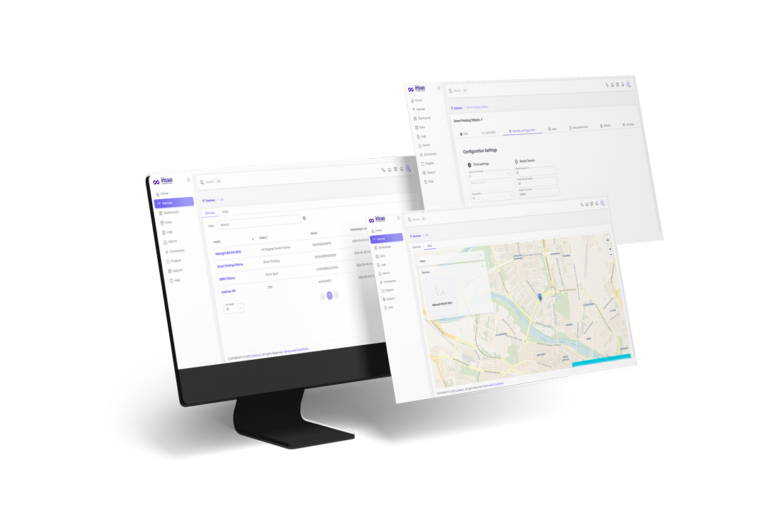5 Key Learnings from Early Data Space Adopters
Table of Contents

1. Success Depends Not Only on Data, but on an Interoperable Ecosystem
In the most successful data space projects, data doesn’t move in isolation. It flows through federated, interoperable infrastructures governed by clear agreements. It’s not about having more data, it’s about knowing who to share it with, how, and for what purpose.
🔍 Takeaway for solution providers: position yourself not just as a data source, but as a trusted enabler of interoperable data ecosystems. What truly sets you apart is how you manage the entire data lifecycle, not just how you capture it.
2. Mid-Sized Cities Are Leading the Practical Adoption of Data Spaces
Cities like Granada, Cartagena, Málaga, and Avilés are proving that you don’t need to be a European capital to lead digital transformation through data. Their size makes it easier to foster collaboration between public and private actors, and to scale pilots into long-term services.
🔍 Takeaway for policymakers: targeting funding toward municipalities with strong institutional cohesion can accelerate the positive impact of the data space model.
3. Smart Tourism and Climate Resilience: Key Catalysts for Adoption
In Europe, two sectors are driving most early use cases for data spaces:
- Smart tourism aims to integrate mobility, sustainability, and visitor experience data (e.g., DEPLOYTOUR).
- Climate resilience relies on interoperable data to manage floods, heatwaves, and urban pollution (e.g., Geo4Water and BeatTheHeat).
🔍 Takeaway for integrators: aligning IoT solutions with these strategic priorities increases the chances of securing funding, achieving scalability, and gaining institutional support.
4. Without Data Governance, There Is No Real Scalability
Many data space pilots fail not because of technical limitations, but due to the lack of governance agreements: Who has access? Who defines the standards? How is the value generated shared?
The most successful cases—such as LDT-DS or DEPLOYTOUR—have established governance structures from the start, bringing together public, private, technical, and social stakeholders. This builds trust, distributes responsibilities, and enables the model to scale across territories and sectors.
🔍 Takeaway for public authorities and consortia: the most critical component isn’t the software, it’s the agreement. Investing time in defining a strong data governance model from day one is what turns a pilot into a stable pillar of Europe’s digital infrastructure.
5. Interoperability Leads: IoT and Open Standards Are the Foundation
Thriving data spaces share a common denominator: strategically deployed IoT devices, standardized data, and platforms built for seamless integration with Gaia-X and other European initiatives. This is precisely where Libelium’s technology makes a difference: from sensor to decision, everything is connected and ready to plug into European ecosystems.
🔍 Takeaway for technologists: having robust technology isn’t enough; it must be open, integrable, and aligned with European frameworks like the Data Spaces Support Centre, SIMPL, or FIWARE.
Beyond Innovation: A Matter of Technological Sovereignty
The digital economy of the 21st century is being shaped right now. While the United States and China compete for control over the infrastructure and data that power it, Europe is forging its own path: federated, ethical, and resilient.
Data spaces are Europe’s strategic bet to stay in the game, not just to catch up, but to lead differently. They offer a way to turn local data into shared value without compromising privacy or control. An architecture where knowledge flows without being exploited, and where growth is more fairly redistributed.
At Libelium, our position is clear: this isn’t just about technology, it’s about an economic model and a shared future. Because data, when meaningfully connected, doesn’t just power services. It can activate democracies, strengthen local economies, and empower those who generate its value.
And that—more than any algorithm—is what will genuinely make us competitive.
Behind the Change.
Beyond the Challenge.

